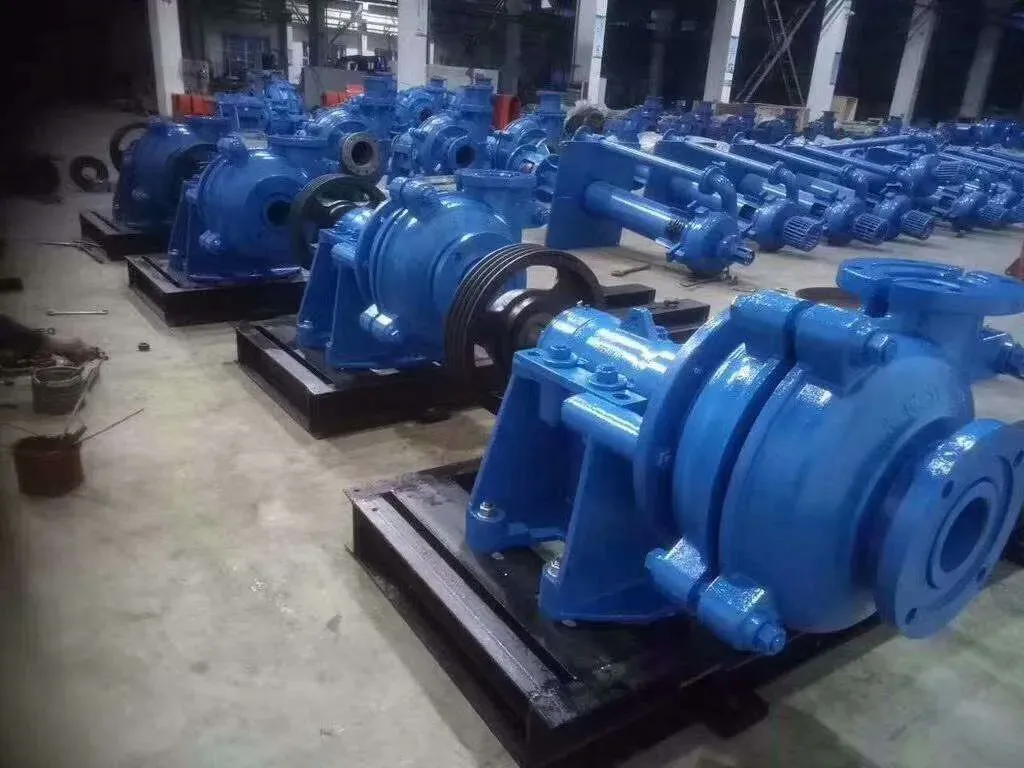Rwandese
- Afrikaans
- Albanian
- Amharic
- Arabic
- Armenian
- Azerbaijani
- Basque
- Belarusian
- Bengali
- Bosnian
- Bulgarian
- Catalan
- Cebuano
- Corsican
- Croatian
- Czech
- Danish
- Dutch
- English
- Esperanto
- Estonian
- Finnish
- French
- Frisian
- Galician
- Georgian
- German
- Greek
- Gujarati
- Haitian Creole
- hausa
- hawaiian
- Hebrew
- Hindi
- Miao
- Hungarian
- Icelandic
- igbo
- Indonesian
- irish
- Italian
- Japanese
- Javanese
- Kannada
- kazakh
- Khmer
- Rwandese
- Korean
- Kurdish
- Kyrgyz
- Lao
- Latin
- Latvian
- Lithuanian
- Luxembourgish
- Macedonian
- Malgashi
- Malay
- Malayalam
- Maltese
- Maori
- Marathi
- Mongolian
- Myanmar
- Nepali
- Norwegian
- Norwegian
- Occitan
- Pashto
- Persian
- Polish
- Portuguese
- Punjabi
- Romanian
- Russian
- Samoan
- Scottish Gaelic
- Serbian
- Sesotho
- Shona
- Sindhi
- Sinhala
- Slovak
- Slovenian
- Somali
- Spanish
- Sundanese
- Swahili
- Swedish
- Tagalog
- Tajik
- Tamil
- Tatar
- Telugu
- Thai
- Turkish
- Turkmen
- Ukrainian
- Urdu
- Uighur
- Uzbek
- Vietnamese
- Welsh
- Bantu
- Yiddish
- Yoruba
- Zulu
Telephone: +86 13120555503
Email: frank@cypump.com
Nov . 11, 2024 03:30 Back to list
Selecting the Right Chemical Liquid Pump for Efficient Fluid Transfer Solutions
Understanding Chemical Liquid Pumps A Key Component in Fluid Management
Chemical liquid pumps are essential equipment in a variety of industries, playing a crucial role in the effective management and transfer of liquids. From chemical manufacturing to water treatment plants, and even in pharmaceuticals and food processing, these pumps are designed to handle a wide range of fluids, including corrosive substances, viscous materials, and sterile liquids. Understanding the different types of chemical liquid pumps and their applications is vital for ensuring safety, efficiency, and reliability in operations.
Chemical liquid pumps are classified into two main categories positive displacement pumps and centrifugal pumps. Positive displacement pumps work by trapping a fixed amount of liquid and forcing it through the discharge pipe. This category includes gear pumps, diaphragm pumps, and peristaltic pumps. Each of these designs has unique advantages, such as the ability to handle highly viscous fluids or maintain precise flow rates, making them suitable for specific applications.
On the other hand, centrifugal pumps operate by converting rotational energy into hydrodynamic energy, which moves the liquid through the pump. They are widely used due to their efficiency and ease of operation. Centrifugal pumps can be further classified into single-stage and multi-stage pumps, with multi-stage pumps commonly used for applications requiring high pressure and flow rates.
When selecting a chemical liquid pump, several factors must be considered. One of the primary considerations is the chemical compatibility of the pump materials with the liquid being pumped. Corrosive chemicals can quickly degrade unsuitable materials, leading to leaks or pump failure. Therefore, manufacturers often use specialized materials such as stainless steel, plastics, and exotic alloys designed to withstand aggressive substances.
chemical liquid pump

Another critical factor is the flow rate requirement. Different applications demand varying flow rates, which can significantly influence the choice of pump. For example, chemical processing may require a consistent, moderate flow rate, while emergency response applications may need high flow rates to manage spills or leaks swiftly.
Safety is paramount in handling chemicals, and the design of chemical liquid pumps incorporates various safety features to prevent accidents. Many pumps come equipped with leak detection systems, pressure relief valves, and automatic shut-off mechanisms to minimize risks. Additionally, proper installation and regular maintenance are essential to ensuring safe and efficient pump operations. Operators should conduct routine inspections, check for leaks, and replace worn components to prolong the pump's life and maintain its performance.
Moreover, advancements in technology have led to the development of smart pumps equipped with IoT (Internet of Things) capabilities. These pumps can monitor their performance in real-time, detect anomalies, and send alerts to operators, allowing for proactive maintenance and reducing the chances of unexpected failures.
In conclusion, chemical liquid pumps are indispensable tools in various industries, facilitating the safe and efficient transfer of liquids. Understanding the various types of pumps, their applications, and the importance of safety measures is crucial for operators and businesses involved in chemical handling. As technology continues to evolve, the future of chemical liquid pumping will likely see improvements in efficiency, safety, and reliability, ensuring that these pumps remain a cornerstone of fluid management across sectors. Whether you are dealing with corrosive chemicals, food products, or viscous fluids, selecting the right pump is key to achieving operational excellence and safety in your processes.
-
ISG Series Pipeline Pump - Chi Yuan Pumps | Energy Efficiency&Compact Design
NewsAug.03,2025
-
ISG Series Vertical Pipeline Pump - Chi Yuan Pumps Co., LTD.|High Efficiency, Low Noise, Durable
NewsAug.02,2025
-
ISG Series Vertical Pipeline Pump - Chi Yuan Pumps | High Efficiency, Low Noise
NewsAug.02,2025
-
ISG Series Vertical Pipeline Pump- Chi Yuan Pumps Co., LTD.|High Efficiency&Compact Design
NewsAug.02,2025
-
Heavy-Duty Mining Sludge Pumps - Wear-Resistant Slurry Handling
NewsAug.02,2025
-
Horizontal Split Case Pump with GPT-4 Turbo | High Efficiency
NewsAug.01,2025










